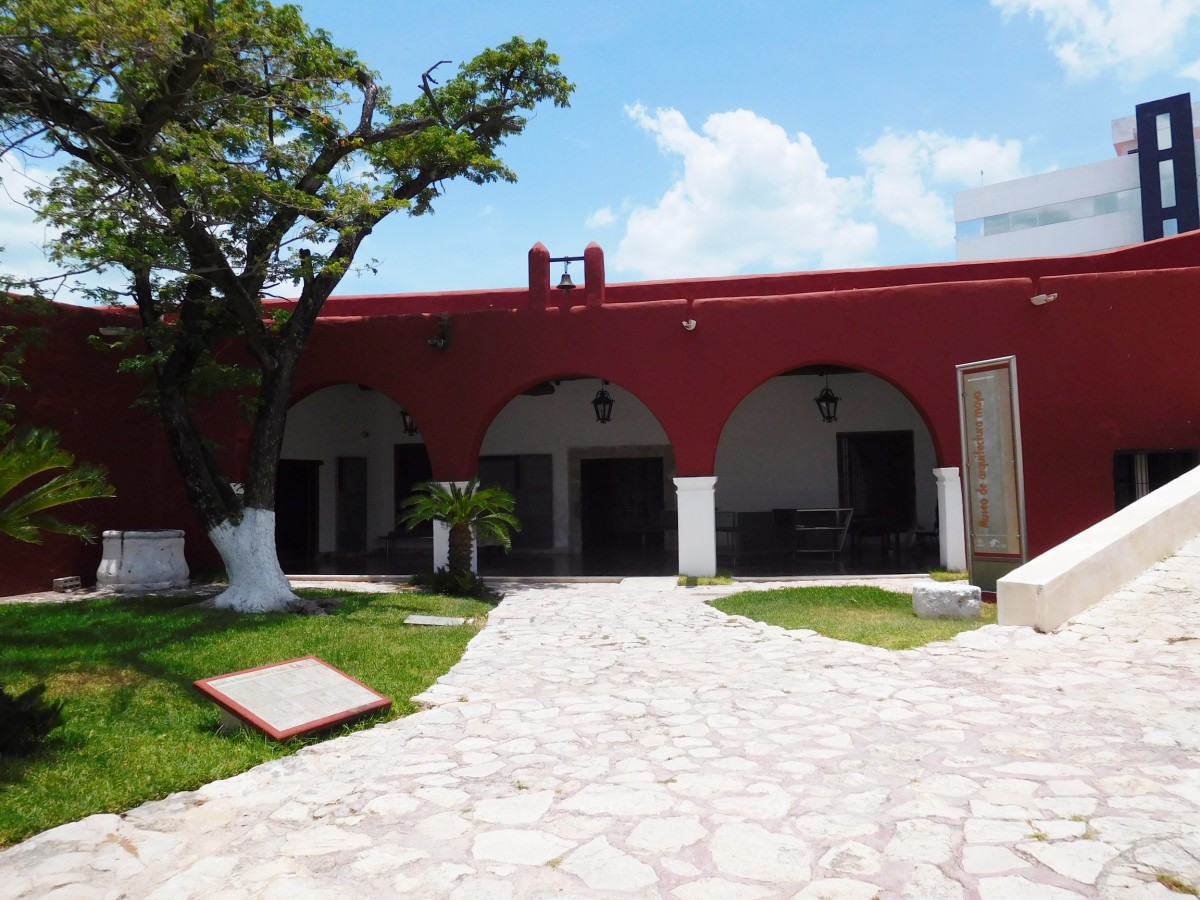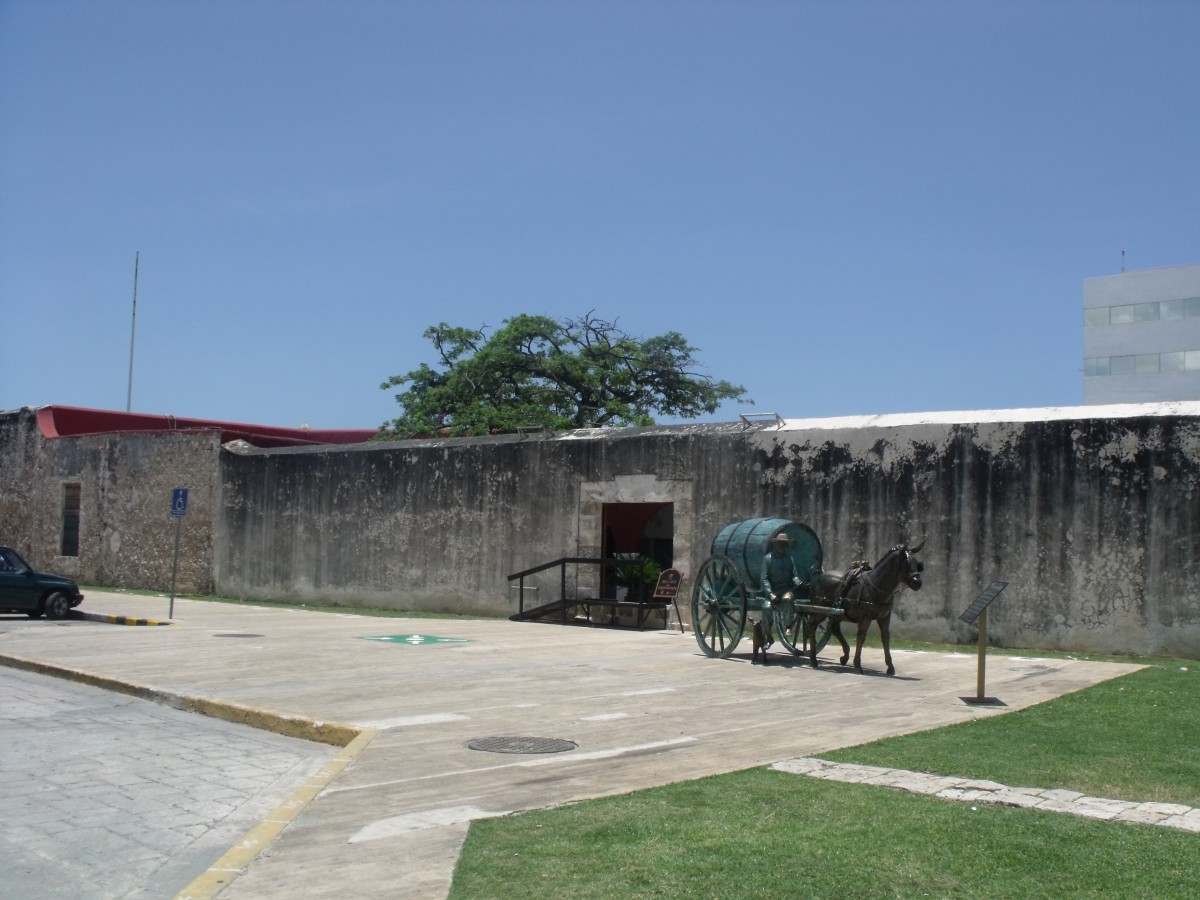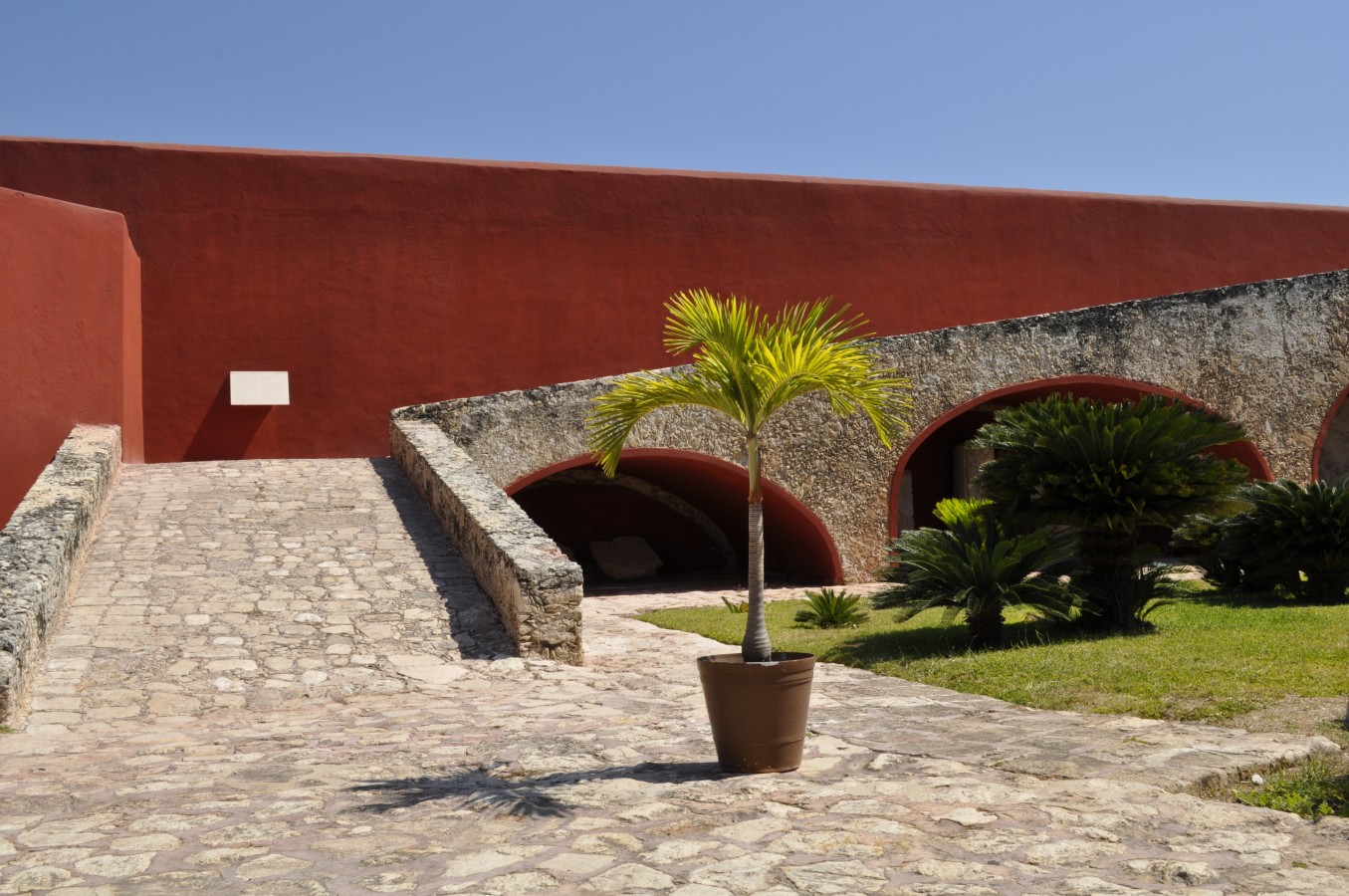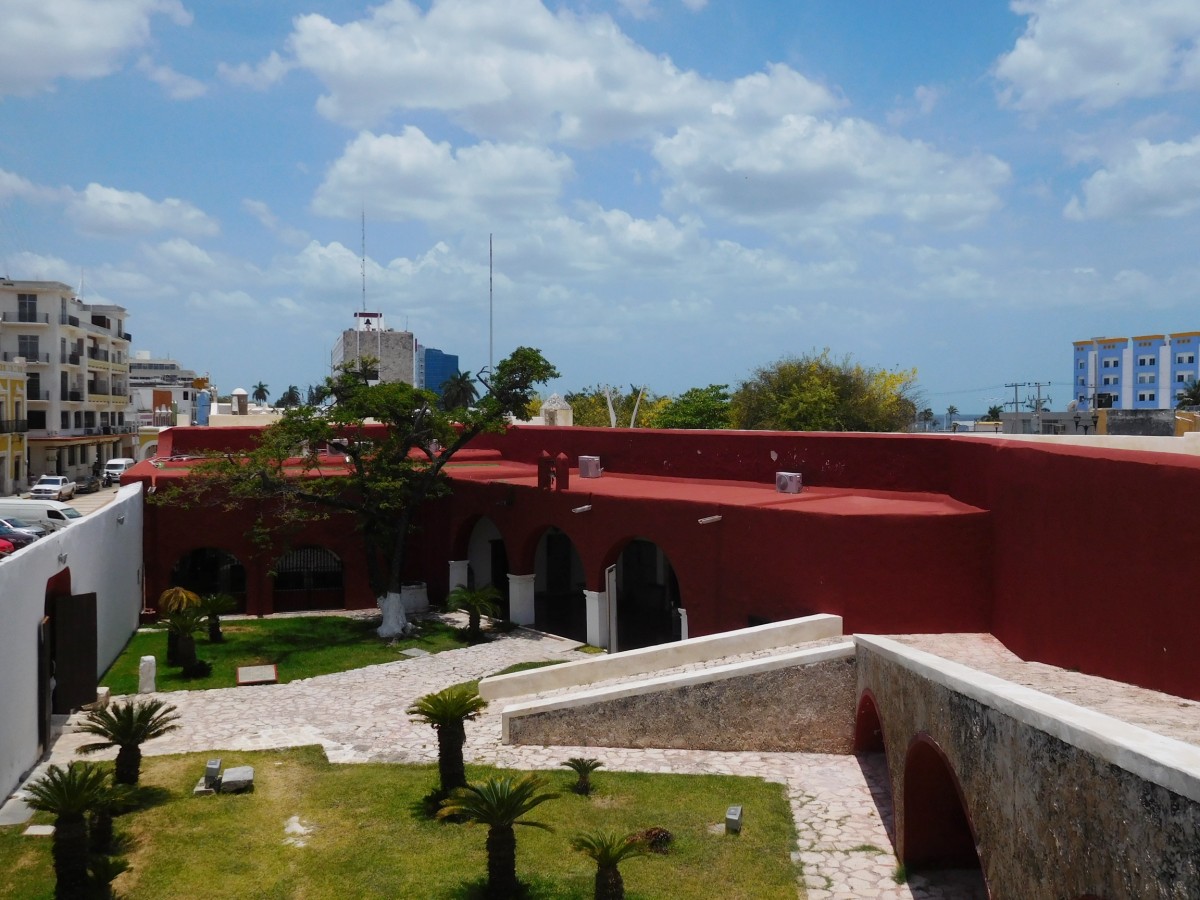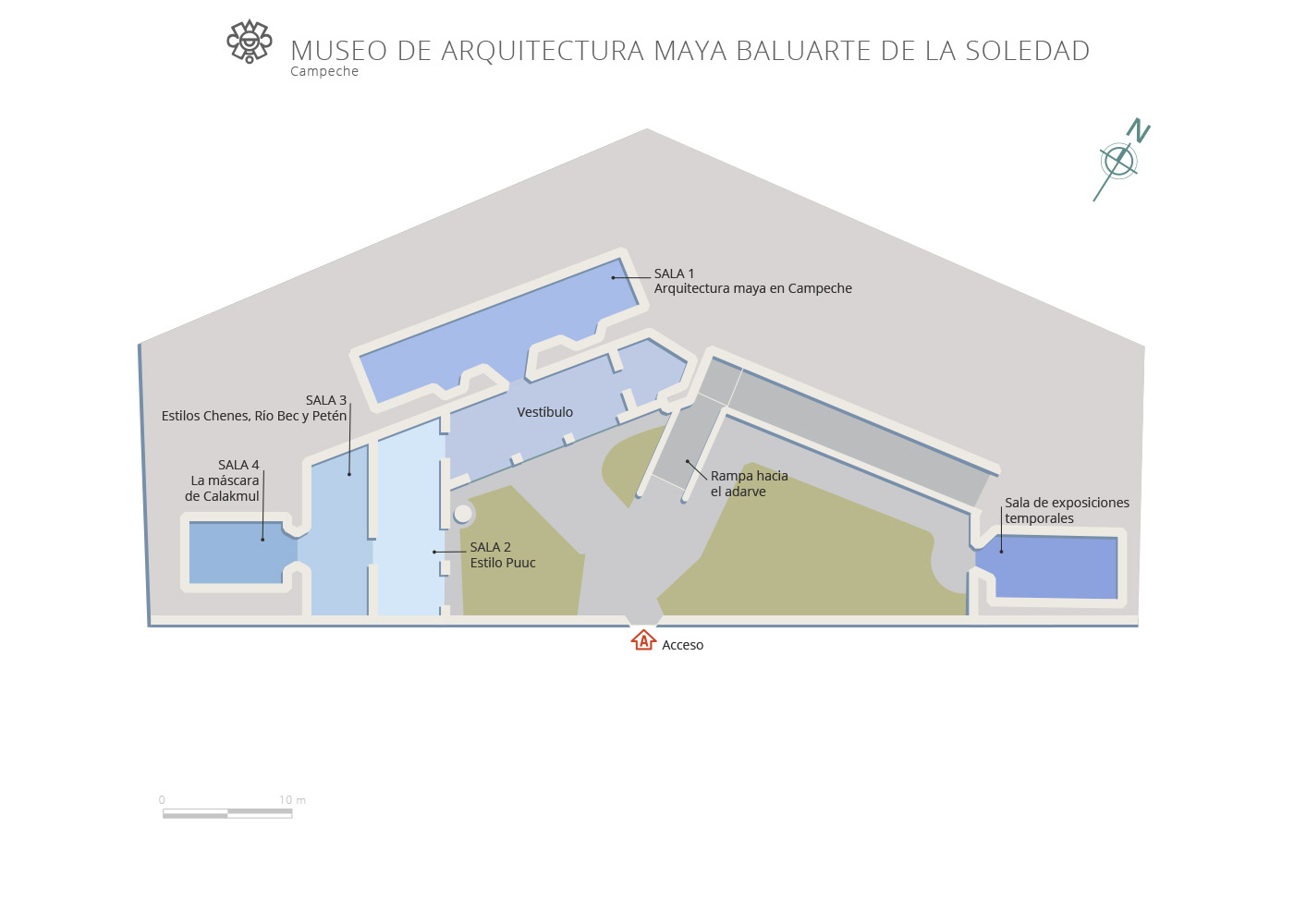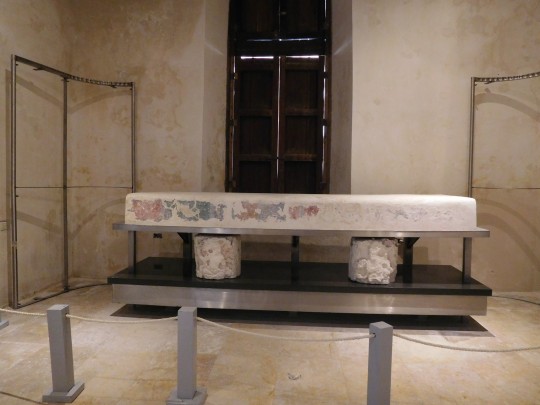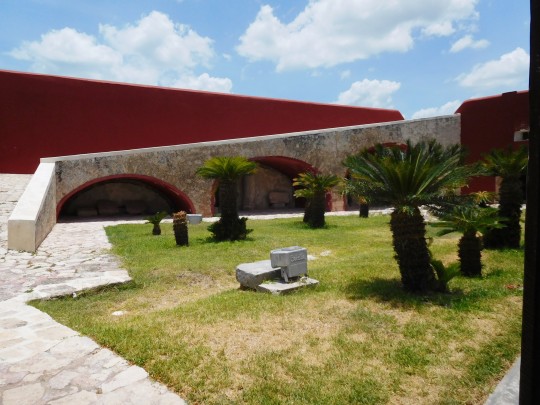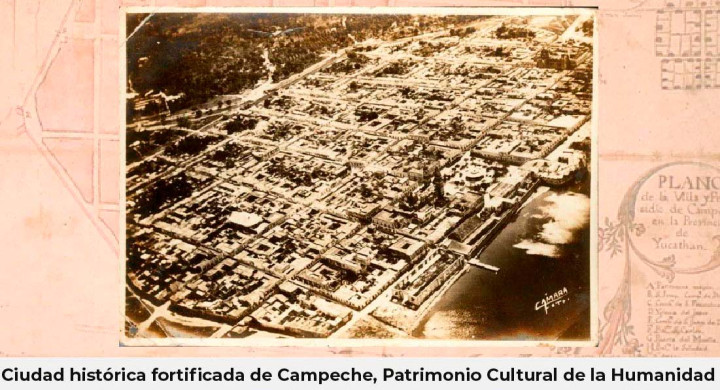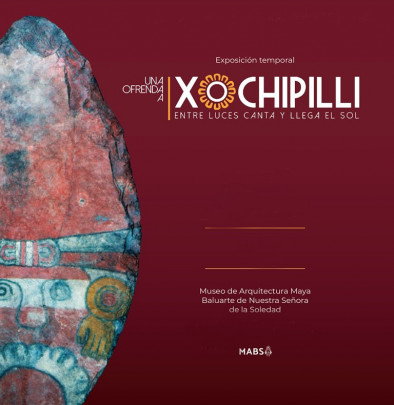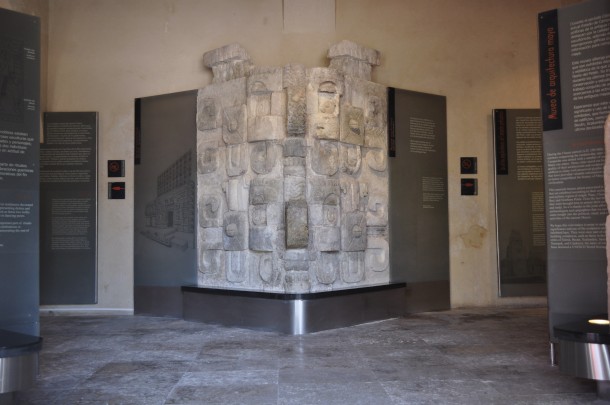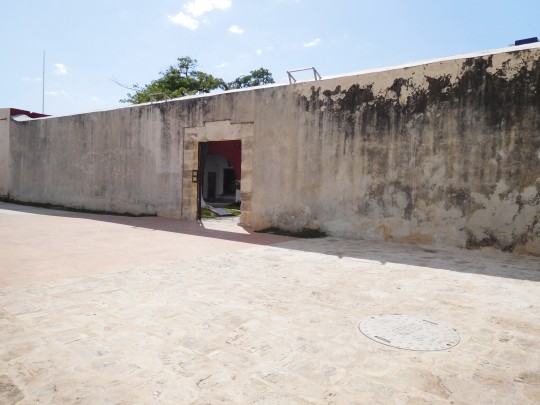Museo de Arquitectura Maya, Baluarte de la Soledad
This magnificent coastal fort, completed in 1692, is one of the oldest in New Spain. It houses an outstanding collection of Mayan architecture and sculpture from the Petén, Rio Bec, Chenes and Puuc regions of Campeche State. It formed part of the city of Campeche’s nomination as a UNESCO World Heritage Site in 1999.
Local
About the museum
The Bastion of Our Lady of Soledad was built at the end of the seventeenth century and is the largest of the eight bastions which form part of the wall built to defend the town of San Francisco de Campeche against pirates. Construction was finished in 1692 and it was named after the Virgin of Soledad, the protector of sailors. In 1995 the city was awarded UNESCO World Heritage Site status as the Fortified Historic Town of Campeche.
By 1896 the building was in ruins, and a few years later during the Revolution, the bastion was partially restored and used as a store by federal troops and the state government. It came under the jurisdiction of the War Ministry from 1929, which led to it housing the families of a number of officials, converting it into a residential area.
Full restoration was begun in 1937 and in 1958 it was taken over by Campeche Archeology Museum as its principal site. In 1975 the use of the space changed and it was reopened as the Museum of Colonial History. A new direction came about in 1995 when it changed again to become the Stelae Museum and finally in 2005 it focused on aspects of pre-Hispanic construction, reopening as the Museum of Mayan Architecture.
One of the Museum’s most interesting features is an explanation of how Mayan writing worked and translations of the texts that were carved into stone, wood or metal found on several of the architectural items on display there. Visitors can learn about how writing evolved during the Classic period (250-1000) and can find out the meaning of some complex Mayan glyphs. The classification of the architectural elements shown at the museum is also interesting for visitors. Here we can see characteristic features which typify the different regional styles found in the archeology of the state of Campeche, namely North Petén, Río Bec, Chenes and Puuc.
By 1896 the building was in ruins, and a few years later during the Revolution, the bastion was partially restored and used as a store by federal troops and the state government. It came under the jurisdiction of the War Ministry from 1929, which led to it housing the families of a number of officials, converting it into a residential area.
Full restoration was begun in 1937 and in 1958 it was taken over by Campeche Archeology Museum as its principal site. In 1975 the use of the space changed and it was reopened as the Museum of Colonial History. A new direction came about in 1995 when it changed again to become the Stelae Museum and finally in 2005 it focused on aspects of pre-Hispanic construction, reopening as the Museum of Mayan Architecture.
One of the Museum’s most interesting features is an explanation of how Mayan writing worked and translations of the texts that were carved into stone, wood or metal found on several of the architectural items on display there. Visitors can learn about how writing evolved during the Classic period (250-1000) and can find out the meaning of some complex Mayan glyphs. The classification of the architectural elements shown at the museum is also interesting for visitors. Here we can see characteristic features which typify the different regional styles found in the archeology of the state of Campeche, namely North Petén, Río Bec, Chenes and Puuc.
November 1978
Map
An expert point of view
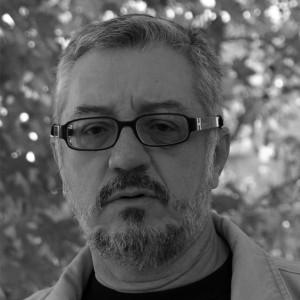
Antonio Benavides Castillo
Centro INAH Campeche
-
+52 (981) 816 9111 Ext. 138036
-
This email address is being protected from spambots. You need JavaScript enabled to view it.
-
FACEBOOK
Directory
Dirección de Museos del Centro INAH Campeche
Lic. María Iliana del Rocío Pozos Lanz
This email address is being protected from spambots. You need JavaScript enabled to view it.
(981) 816 9111 Ext. 138036

